
Hello, I'm Sarah, Your homebirth expert Midwife. I'm a Midwife of 15 years, specialising throughout in physiological birth, and now, together with Jenny, I work for families all across the Northwest to support them in their journey towards their ideal homebirth.
So lets start as it so often does, at the beginning............
What is ‘homebirth' and why is it significant?
Simply put Homebirth is the conscious choice and plan, to birth at home rather than a hospital, with the support of a Midwife.
Side Note: Honourary mention to the beautiful ‘freebirthing' community, which also involves birthing at home, however as this culture is underpinned by not having a Midwife present, this series refers to homebirth in the context to having a Midwife in attendance – or at least planning too!
So why do families choose this?
From my experience in supporting hundreds of homebirths over the years, I believe that families primary choose homebirth for one of 3 reasons:
Power, Perspective and Practicalities
Power and control
At home in your own ‘nest', it is much easier to apply and maintain your personal boundaries around your body, your wishes and your autonomy. ‘My house, my rules' has never been more true than in a homebirth context. For example, I have seen many many occasions where a woman in a hospital labour room has asked can they go to the toilet. But in their own home, they simply go. There is plentiful research available to show that in a hospital environment, we are extremely likely to fall into a ‘passive patient' role, lie on a bed and suppress objections. At home, the Midwife is the guest and I see clients finding it much easier to say ‘no thankyou' here than anywhere else.
Perspective
Birthing at home is a physical expression of a belief that birth is a natural, normal function of the human body that occasionally goes wrong. This is in direct contradiction to the medicalised model of birth which has a philosophy that birth is a dangerous event that must be tightly managed. For home birthing families, they often tell me that ‘I'll access the hospital if I need too' or ‘if baby or me become poorly, I'll go in'. Their perspective is typically that labour and birth are heavily hormonally driven, and for the majority, home is where oxytocin is high, adrenaline is low and they can freely express themselves throughout labour in any way they find helpful without perceived judgement. That it is the ideal space for labour to flow and birth to occur.
Practicalities
Birthing at home means that the support comes to you. No concerns about who, how or when to go to hospital. Other children can be left to sleep, observe or join in depending on the
families preferences. No-one needs to be excluded as you can choose how many birth partners you want and you know the environment inside out.
If you have allergies, sensory issues or triggers, staying home means that you remain in a ‘safe space'.
You are not sharing the Midwife with anyone else so no delays in practicalities like paperwork, feeding or suturing are all far less likely to occur.
Is homebirth safe?
The available evidence focuses on uncomplicated, ‘low risk' pregnancies, including first and subsequent labours, that began labour INTENDING to birth at home or hospital, so lets start here:

- The chance of a baby dying in labour whether at home or hospital, is the same – they are EQUALLY as safe

- The chance of baby needing to stay on a neonatal unit is the same for a planned home or hospital birth – they are EQUALLY as safe
- The chance of a physiological birth – birth vaginally without instruments – is 88% - almost 3x higher than in a planned hospital birth
- The chance of a caesarean or instrumental birth overall was significantly lower for a planned home birth
- The chance of a severe perineal tear is significantly lower for planned homebirth
- The chance of severe bleeding >1000ml – is significantly lower for a planned homebirth
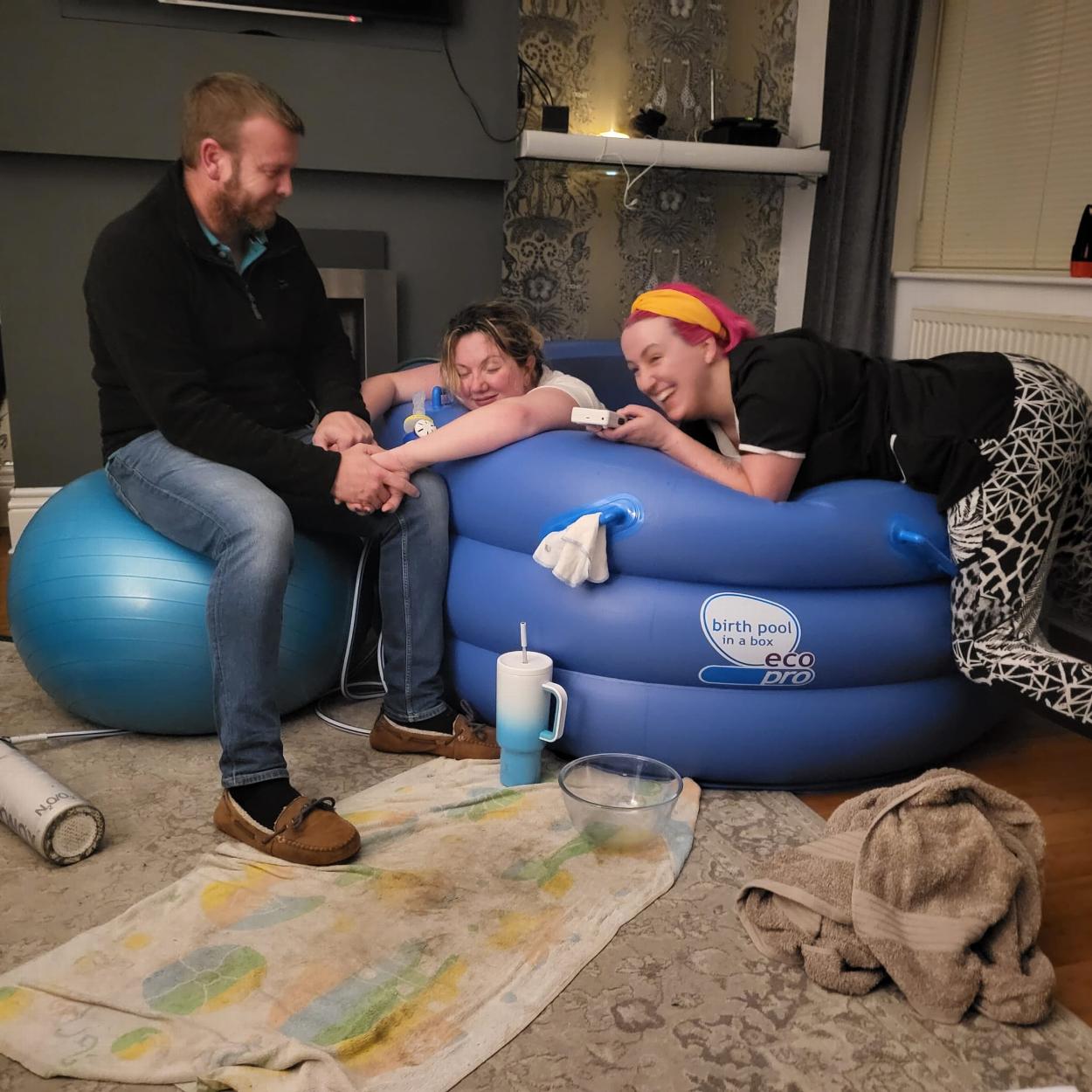
Home birth evidence - Birthplace study 2012.pdf (sth.nhs.uk)
- The chance of requiring labour to be accelerated – sped up using a drip is lower in births planned homebirths

- The chance of requiring surgical removal of a placenta is lower for a planned homebirth
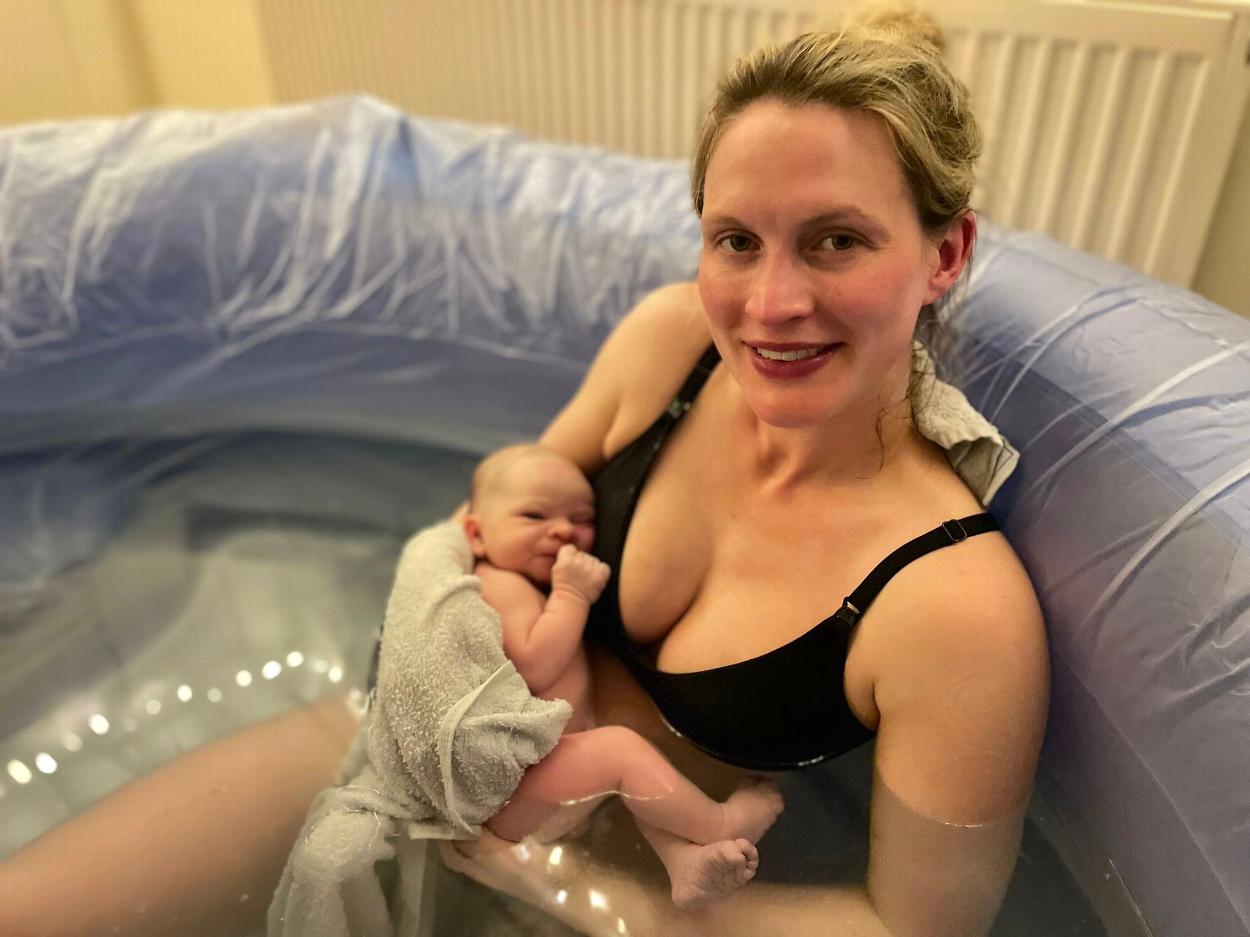
- Planned homebirth improved the experience of transitioning to parenthood for first time parents
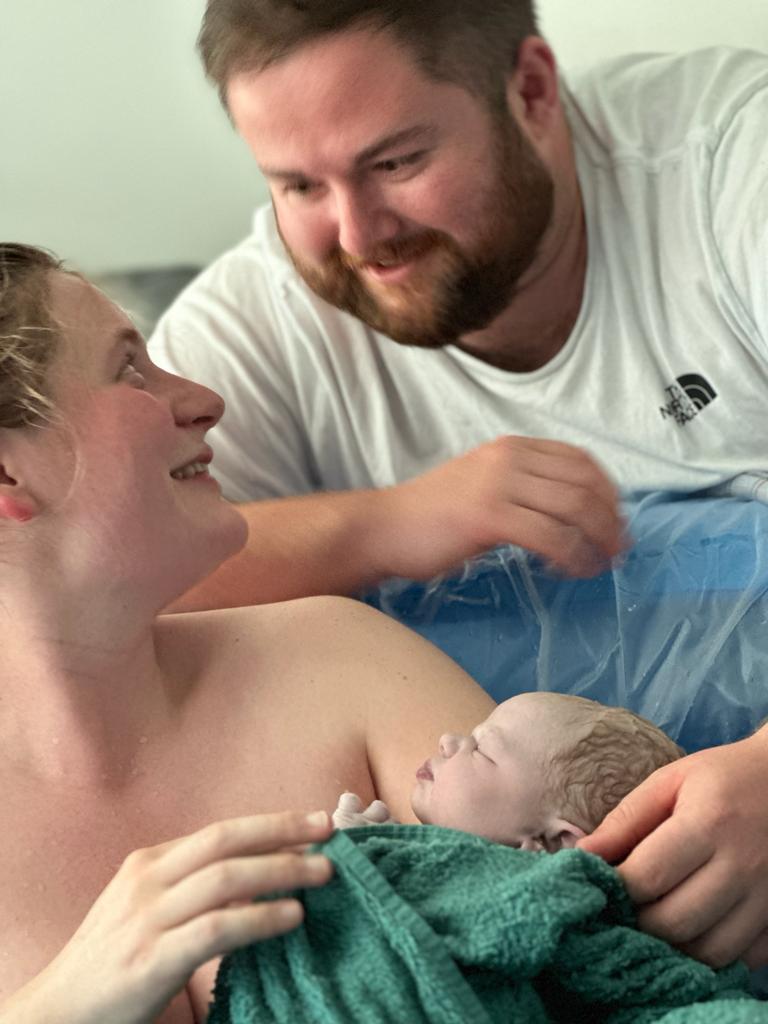
- In publicly funded home birth services, 84% actually birthed at home
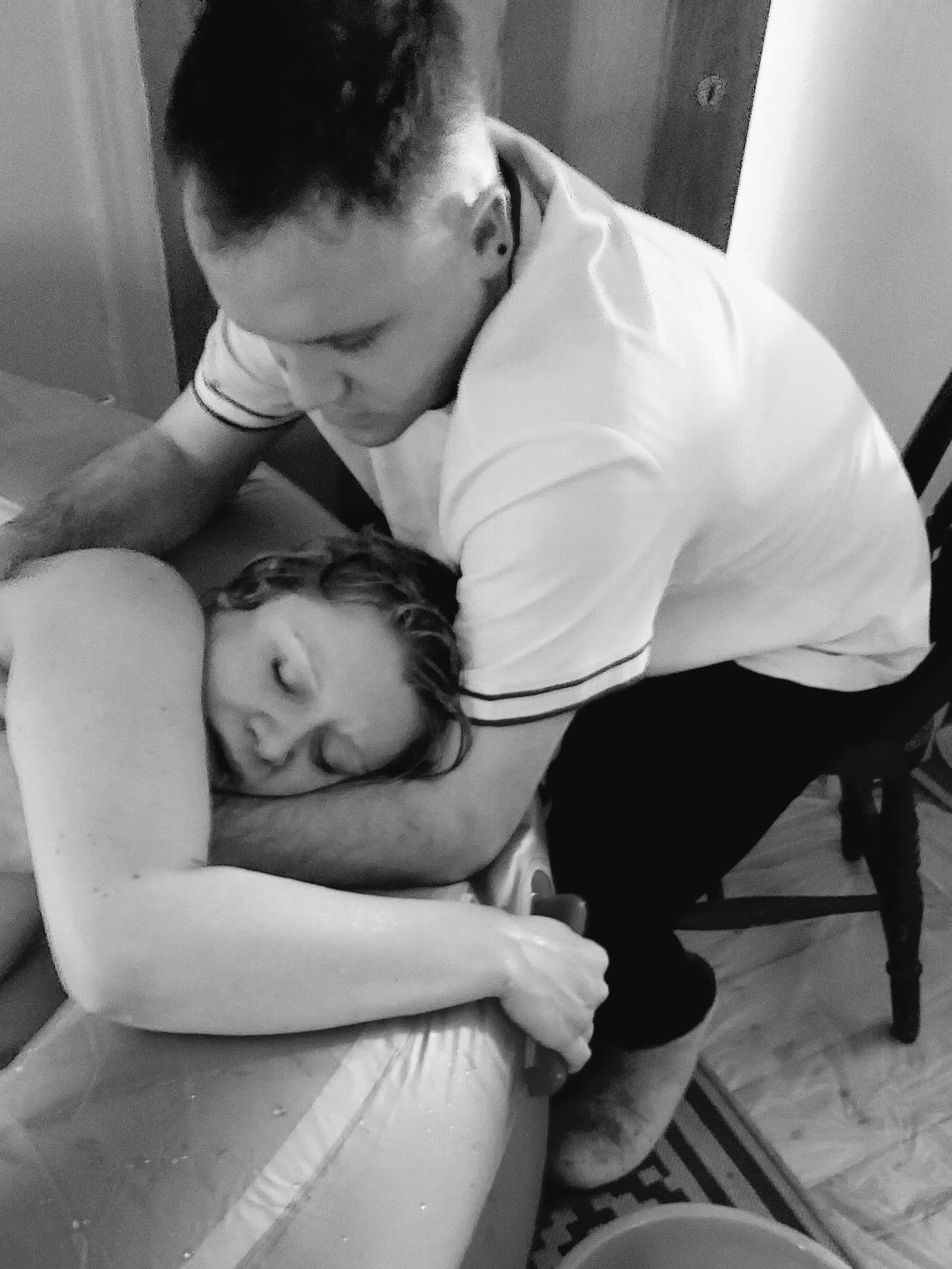
So what's the downside?
The risks around homebirth are delayed access to a surgical birth if required or intensive emergency management. However, with a skilled and experienced Midwife, strong open communication with the local trust and an effective ambulance service, all clinical emergencies can be managed and maintained affectively until arrival at hospital. Also, as discussed above, the incidence of situations requiring interventions are significantly less likely to happen at home.
Who ‘should' have a home birth?
NICE – National Institute for Clinical Excellence are the UK benchmark for clinical care inc maternity care. These are the recommendations and guidelines that all providers should be offering and creating their clinical care provisions around. So what do they say?
The option of home birth, due to its many benefits, is so important that NICE state:
“Commissioners and providers...should ensure that all 4 birth settings … are available to all women”
“Explain to [all] Women [at low risk of complications] that they may choose any birth setting … and support them in their choice of setting wherever they choose to give birth” NICE, 2023.
It then goes to recommend sharing the data about outcomes in all 4 places of birth including the above.

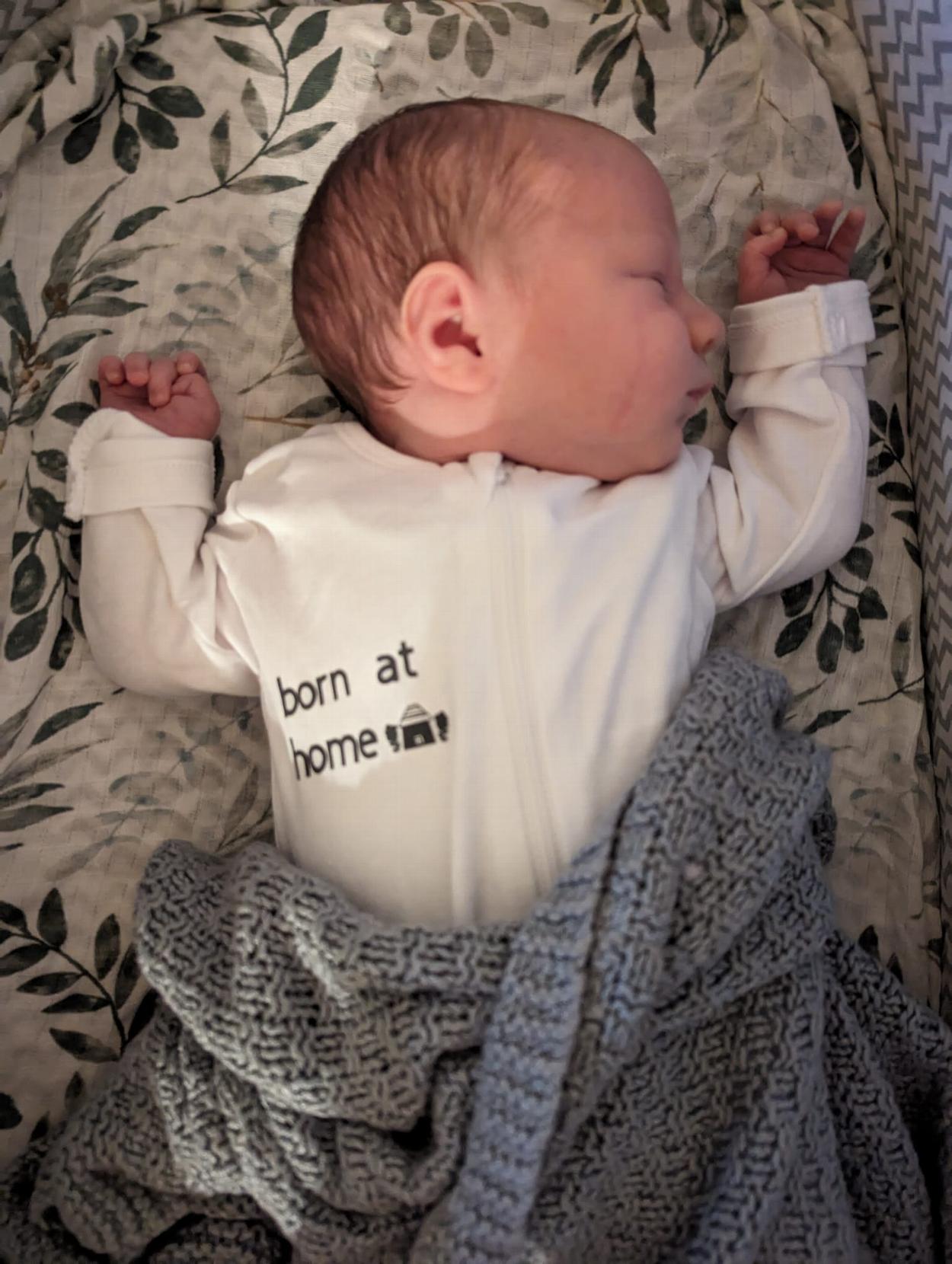
What does ‘at low risk' mean?
So NICE recommend all 4 birth settings to ‘low risk women'
From a clinical perspective, this means:
- BMI 20-25
- Age 18 – 35
- No chronic illnesses
- One fetus in situ
- Generally fit and well
- No more than 4 previous births
- No history of surgery to the uterus
- Unmedicated
The majority of people fall into this category, and so homebirth is a safe and appropriate place of birth for them .
What if I don't fall into the low risk category?
- ‘Higher risk' women who planned birth in a midwifery-led setting, rather than in an obstetric unit as recommended by national clinical guidelines, appeared to have a lower risk of maternal interventions and adverse outcomes requiring obstetric care than ‘higher risk' women who planned birth in an obstetric unit, but there was uncertainty about the outcomes for the baby.
- Obese or very obese women having a second or subsequent baby who did not have other risk factors, such as diabetes or a previous caesarean section, had a lower chance of interventions and adverse outcomes than low risk women of normal weight having a first baby.Maternal age
Maternal age
- For low risk women having their first baby the chance of intervention increased with maternal age and the chance of having a straightforward or normal birth decreased with increasing maternal age.
- For most low risk women having their second or subsequent baby there was no clear trend in interventions and outcomes associated with maternal age.
- For older low risk women having their second or subsequent baby, those who had a planned birth at home or in a midwifery unit had a greater chance of a straightforward or normal birth than older women planning birth in an obstetric unit.
Body mass index
- Otherwise healthy women who were obese (BMI 30-35 kg/m2) or very obese (BMI >35 kg/m2) and having their second or subsequent baby had a lower chance of both interventions and adverse maternal outcomes than low risk, normal weight women who were having their first baby. Adverse outcomes for the baby were uncommon but appeared to follow the same pattern.
- Obese and very obese women having their second or subsequent baby who are otherwise healthy and do not have additional risk factors such as diabetes or previous caesarean section may have lower obstetric risks than previously thought.
npeu-report1-safety-of-birthplace-and-implications.pdf (england.nhs.uk)

Love this? Follow for more!
Now we've looked at homebirth and its benefits for the majority, over the next few blog posts I'll be exploring what individual health circumstances you may encounter that are ‘out of guideline' and how they can be considered in the context of homebirth.